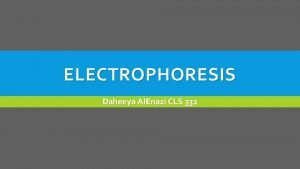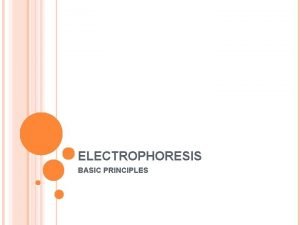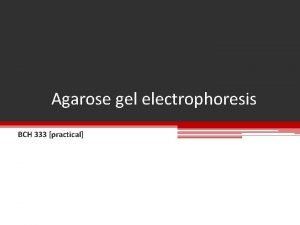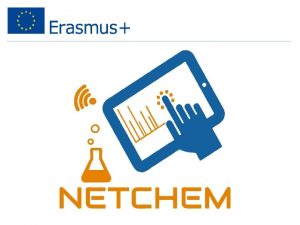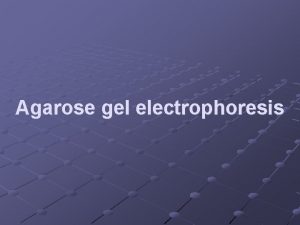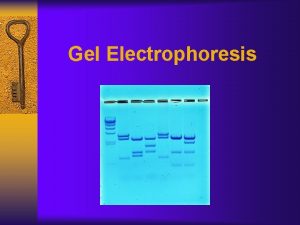AGAROSE GEL ELECTROPHORESIS AGAROSE GEL ELECTROPHORESIS Place gel





- Slides: 5

AGAROSE GEL ELECTROPHORESIS

AGAROSE GEL ELECTROPHORESIS Place gel in electrophoresis tank Gel under ultraviolet light Load samples in wells and apply current

• Electrophoresis is an analytical tool by which one can examine the movement of charged molecules in an electric field. With the application of a polymerized gel like matrix acting as a support medium and also as a sieve with definite pore sizes, one can also fractionate the molecules on the basis of size or molecular weight. • For nucleic acid separation with electrophoretic technique, a commonly applied technique is Agarose Gel Electrophoresis or AGE. • Agarose is a product extracted from Seaweed, and is a linear polymer of galactopyranose derivatives. • Gels are prepared by dissolving agarose in warm electrophoresis buffer. • After cooling to 50°C, the solution is poured in a Gel caster (Casting Assembly) equipped with a Comb of desired size. • Once the gel is solidified, the comb is removed and the gel is placed in the appropriate running buffer, and the samples are loaded into the wells so formed by combs along with a DNA marker (Commercially available). • For DNA loading, a loading dye is used which contains Bromophenol Blue and Sucrose for making the sample heavy so that it does not diffuse readily rather sits at the bottom of the well.

• The sample is then allowed to move under electric field and is then stained with 0. 5μg/ml Ethidium Bromide (a ds. DNA intercalating Dye) and visualized under UV transilluminator. • 1. 2. 3. The mobility of nucleic acids on Agarose gel is influenced by Agarose Concentration Size of the nucleic acids Electric field applied. • Normally agarose gels are prepared between 0. 8 to 3% concentrations for size range of Several MBs to few hundred base pairs respectively. • A relatively smaller fragment runs faster than a larger fragment. Higher the electric field, faster is the movement although; very high voltage may result in extreme heating of the gel resulting in melting of agarose. • A gel electrophoresis unit has following parts: 1. Buffer tank: in which the prepared gel is kept, loaded with samples and the samples are allowed to move. 2. Electrodes and Power supply unit (AC-DC Converter): Cathode and Anode for movement of the samples.

3. Combs and Caster/ Casting Assembly: Combs for preparation of wells and Casting Assembly for pouring of gels 4. UV Transilluminator : it is not part of Electrophoresis unit, but required for visualization. Applications: 1. For DNA size determination. 2. For Southern and Northern Blotting techniques. 3. In a number of molecular marker based analysis, AGE is a fundamental technique for separation of nucleic acid fragments.

